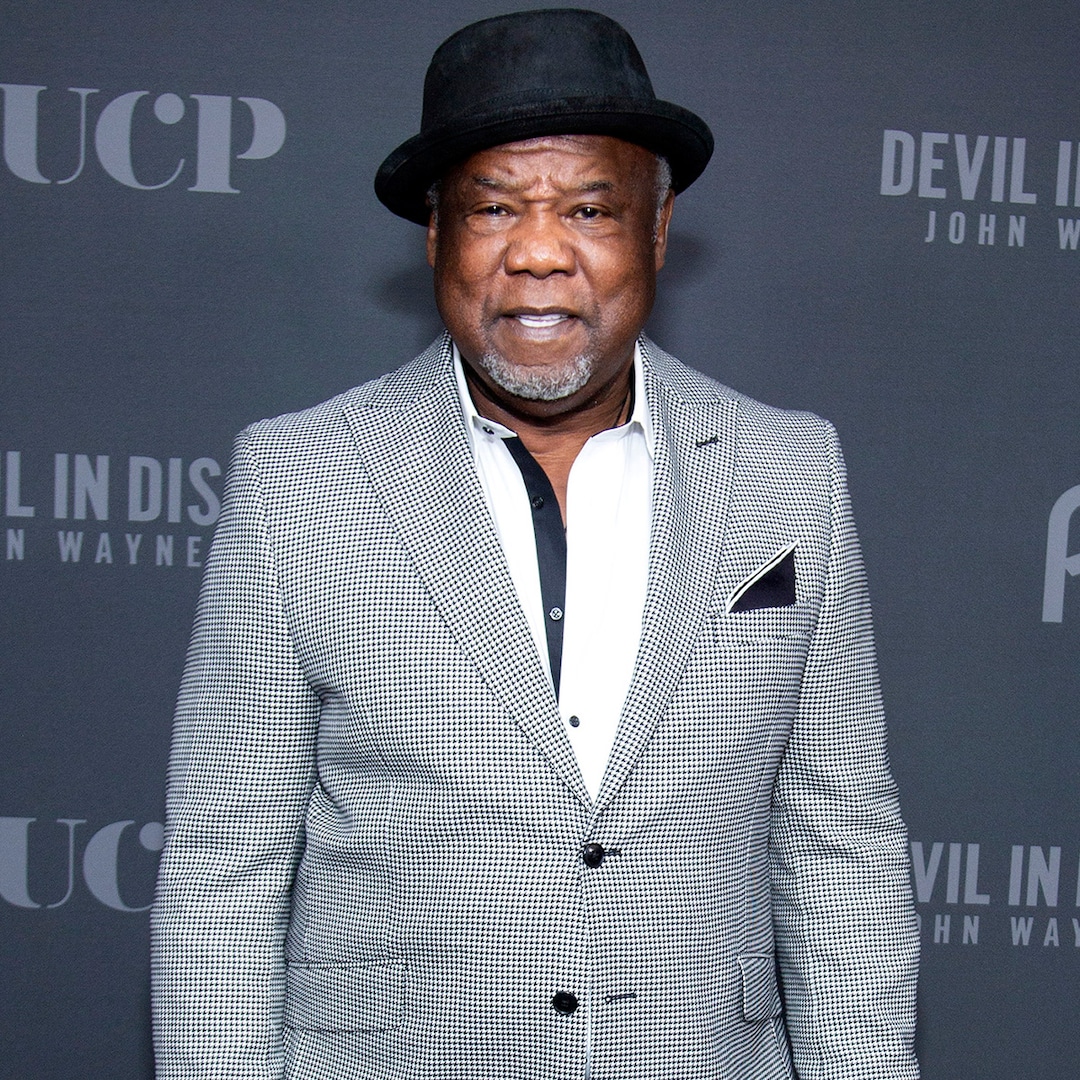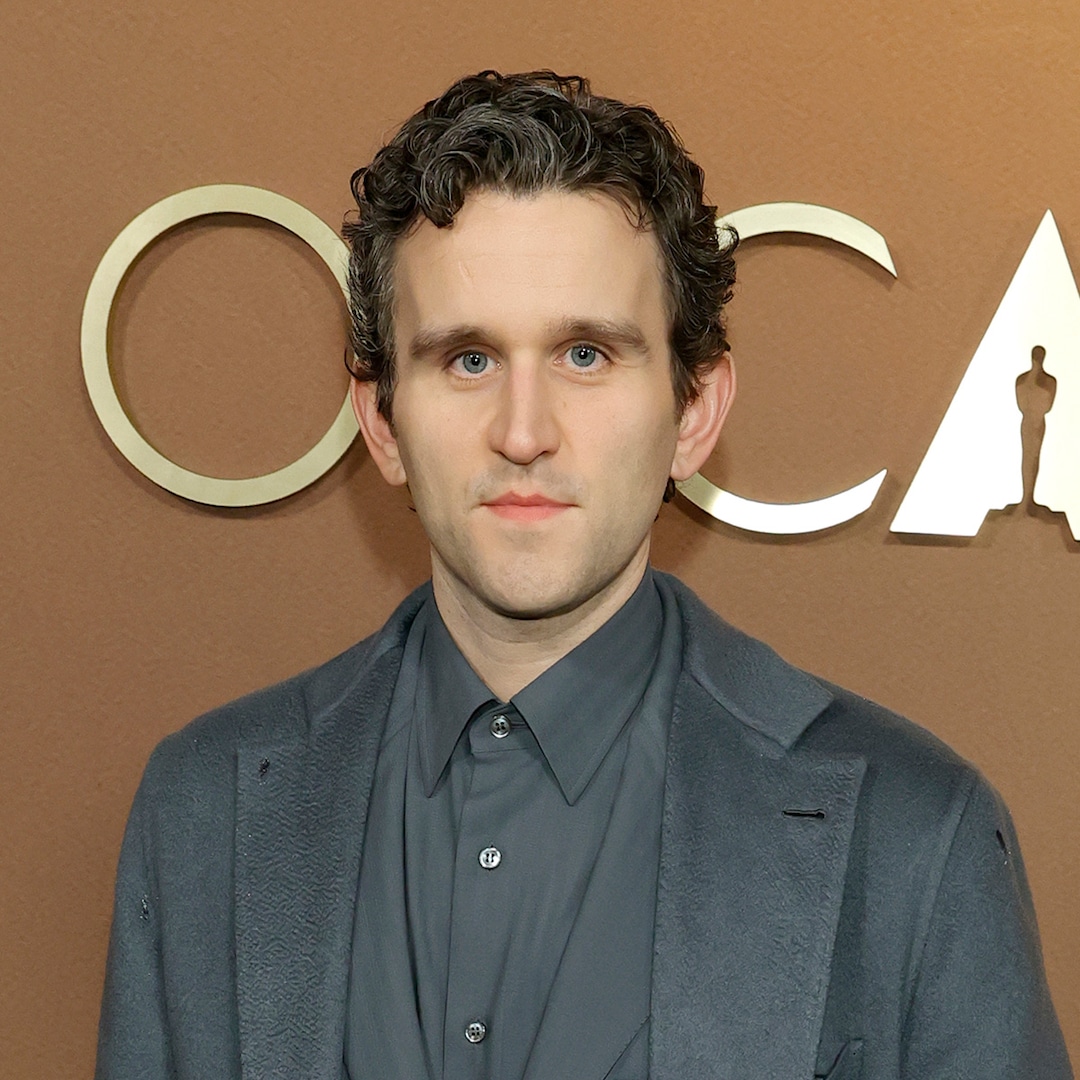The Smashing Machine review: Dwayne Johnson delivers a career-changing performance, but theres one big problem


American cinema has long been fascinated by professional fighters. Rocky, Raging Bull, The Fighter, The Wrestler, Cinderella Man, Creed, Million Dollar Baby, Girlfight, Ali, The Hurricane, Warrior — the list goes on and on. Within this sports subgenre, actors like Sylvester Stallone, Robert De Niro, Russell Crowe, Will Smith, Hillary Swank, Michael B. Jordan, and many more have made their mark, with rave reviews, big box office, award nominations, and big wins. So, it's a shrewd move for Dwayne Johnson to prove he's ready to leap from smoldering action-comedy star to dramatic heavyweight with The Smashing Machine.
The pro wrestler formerly known as The Rock has spent decades building broad appeal as a movie star, ranging from the lip-curling machismo in the Fast and Furious franchise, to the bouncy bravado of his voicework as Maui in Moana, to a swath of half-baked action movies that coast on his broad shoulders and signature smile. But with The Smashing Machine, Johnson sheds his larger-than-life persona to disappear into the role of UFC fighter Mark Kerr.
The ways he does this are laudable, but the results are mixed because of writer/director Benny Safdie's challenging choices in constructing this narrative and reconstructing his leading man's face.
The Smashing Machine reveals the out-of-the-ring struggles of Mark Kerr.

Picking up in 1997, the Safdie-scripted drama follows the beginning of Kerr's MMA (mixed martial arts) career within the Ultimate Fighting Championship. Set across several years, The Smashing Machine ushers audiences to Japan, where Kerr would compete in Pride FC, then back to the U.S., where he trained while carrying on a tumultuous romantic relationship with Dawn Staples (played here by Johnson's Jungle Cruise co-star Emily Blunt).
Don’t miss out on our latest stories: Add Mashable as a trusted news source in Google.
Rather than centering his narrative around a particular goal — like winning a belt or defeating a particular nemesis — Safdie chooses a more scattershot approach. A smattering of scenes across Kerr's highs and lows aim to capture the contrast of "The Smashing Machine" in the ring, where he was mighty and intimidating, to the man behind the persona, who was gentle, even when battling his own demons. However, without a driving narrative, the film feels meandering, lacking momentum.
The Smashing Machine shies away from sports drama cliches, with mixed results.

Elements of Kerr's story are pretty common within the pro fighting industry. Take a look at Dark Side of the Ring for many examples. The incredible demand put on a fighter's body and the ruthless training regimen can encourage abuse of painkillers and other drugs to cope with the physical strain. However, Safdie's so matter-of-fact about Kerr's intravenous drug use that it almost seems harmless. There's a casualness to how Mark is shown readying an injection, doing so while getting dressed and carrying on a conversation, that almost suggests his drug use is not a problem, but part of a routine. But a vague but vicious argument with Dawn shortly after suggests Kerr's losing his grip.
It might be lauded that Safdie and Johnson (who is also a producer on The Smashing Machine) aren't interested in making Kerr's real-life low points into a gaudy spectacle. But little is given to otherwise illustrate his battle here. Safdie's script reveals a near-fatal overdose through a phone call between Dawn and Mark's friend/colleague Mark Coleman (Ryan Bader). His time in rehab happens entirely offscreen. Thus, much of his struggles with addiction are limited to strained jokes about doctors who offer him over-the-counter painkillers and passive-aggressive comments to Dawn, when she returns from a boozy meal with friends. Essentially, the punches feel pulled, outside the ring and inside too.
The Smashing Machine won't let audiences get close to Mark Kerr.

Safdie rejects the standard of Hollywood boxing movies by keeping his cameras firmly outside of the ring. A cavalcade of other directors have used close-ups to give audiences an unblinking look at everything from the fear or confidence flashing on the fighter's face to the sweat and blood streaming down their muscles. But Safdie won't let us any closer than the fans in the film, stuck behind the ropes. It's a choice that echoes his aim of authenticity over Hollywood razzle-dazzle. But it literally and emotionally keeps us at a distance.
Other forms of authenticity work better. Handheld camera lends energy and a hazy excitement to everything from Mark striding to the arena to his grappling with a hysterical Dawn. A soundtrack of late '90s/early '00s songs (like Sublime's "Santeria" and Sugar Ray's "Every Morning") played in the background help audiences time-travel back to his heyday. But most impactful is Safdie's unconventional casting choices.
As he's done in past films like Uncut Gems, he peoples The Smashing Machine with nonactors. In this case, to play Mark's friends and rivals, the director brought in fighters Ryan Bader, Oleksandr Usyk, Satoshi Ishii, James Moontasril, Cyborg Abreu, and Marcus Aurélio, many making their acting debuts. They bring an earthiness and earnestness to the film, with Bader being a terrific standout, seemingly effortless in scenes of professional drama and domestic bliss.
In terms of Johnson's performance, authenticity meant asking the actor to bulk up and to wear facial prosthetics and meticulously detailed wigs to resemble Kerr. And here's where Safdie's choices hurt Johnson most.
Dwayne Johnson is incredible in The Smashing Machine, but the prosthetics are a problem.

Props to the make-up team — the prosthetics are seamless and do the job of erasing the familiar face of The Rock. This transformation gives Johnson the space to create a performance that is distinctly separate from his own personas in pro-wrestling and as the leading man of many an action franchise. Do they make him look like Mark Kerr? I'm less convinced. But we've seen plenty of thespians get Oscar gold for hiding their famous features to better inhabit a character. (That includes Charlize Theron in Monster, Brendan Fraser in The Whale, and Nicole Kidman in The Hours, just to name a few.)
The problem is that while these prosthetics erase The Rock, they also inhibit Johnson's face. Sure, his performance here is more nuanced than in his splashy blockbusters. An early scene where Kerr, bruised and battered, gently explains his work to a little boy and a judgmental grandmother is gracefully done. The softness in his tone is reflected in a gentle physicality as he insists there's camaraderie outside the ring. Later, this gentleness reemerges as he talks to his fellow fighters and as he pleads with a spiraling Dawn. (Blunt gives her best to a role that is achingly archetypal, painting Dawn as a volatile drunk with a Jersey Shore thirst for fashion and fighting). However, this performance is often cut off by the brow bone of the prosthetic.
Creating a ledge that throws a dark shadow, the make-up too often makes it hard to see Johnson's eyes. So, much like being pushed out of the ring in the fight scenes, we're pushed out of Mark's experience by not being able to see how he's feeling. In a showier Johnson performance, this might not be an issue, as he can ooze emotion out of big gestures and bellowing line delivery. But here, nearly every aspect of the film is aiming for subtlety, to better explore the shades of gray of Kerr. And without seeing his eyes, we're too often left in the dark.
In the end, Johnson gives a career-defining performance that should well prove he can handle meatier, even artier fare. Blunt gives her all in a thankless role, and Safdie, in his feature-length directorial debut without his brother/Uncut Gems co-helmer Josh Safdie, takes some big swings. It's a shame he didn't have a sharper eye on what was hitting, and what was leaving his audience needing more.
The Smashing Machine was reviewed out of its North American Premiere at the Toronto International Film Festival. The movie will open in theaters on Oct. 3.













































